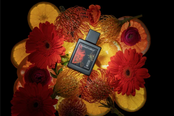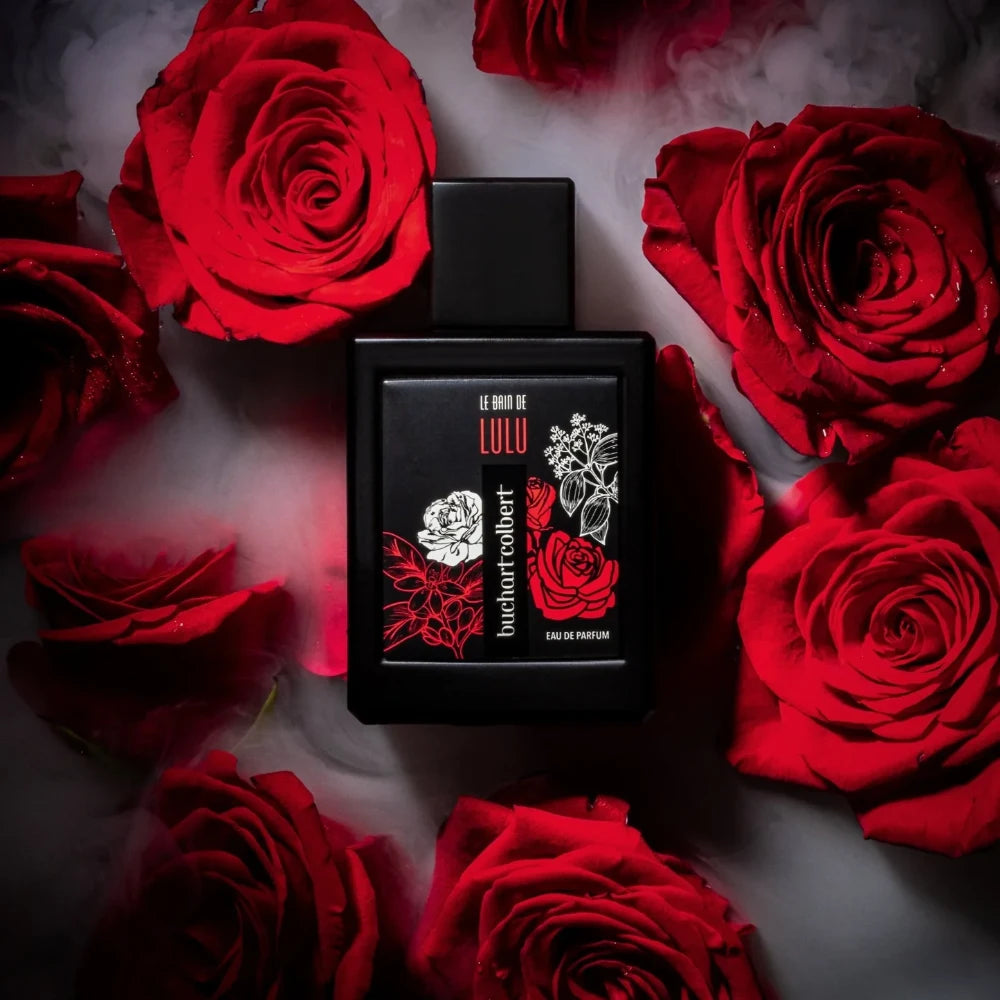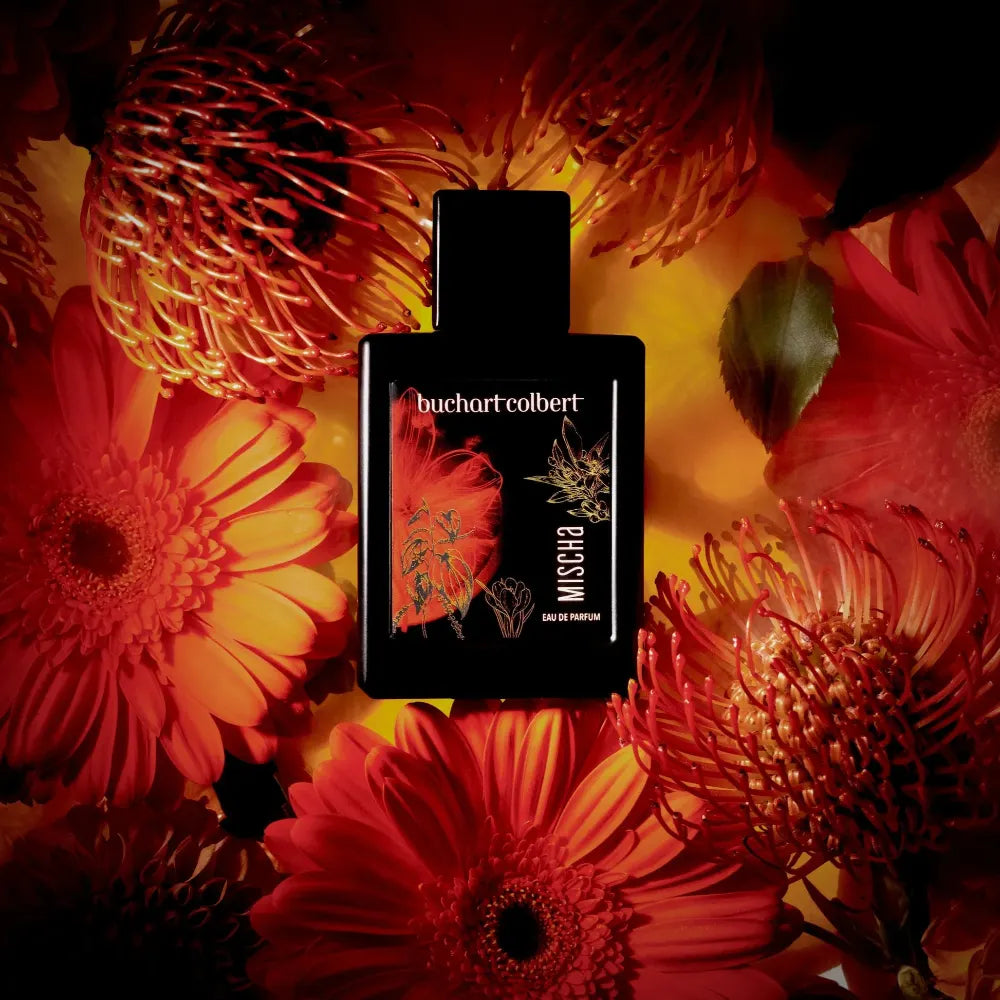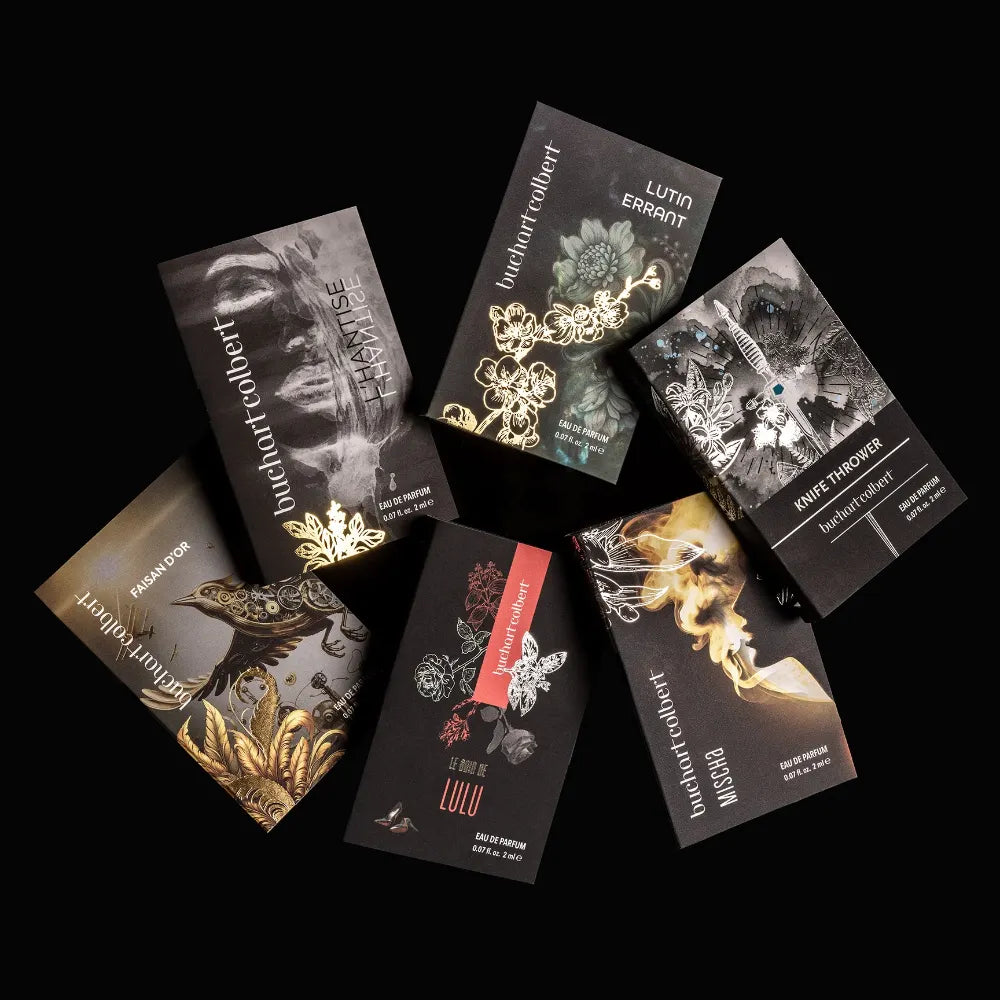Have you ever noticed how some perfumes carry that soft, nostalgic, and incredibly comforting powdery scent?
It’s the kind of fragrance that feels like a warm embrace.
But sometimes, it’s not just pure powdery. It can be powdery with a twist, like powdery with a touch of leather, or a hint of something like floral and creamy.
It still feels “powdery,” but somehow a little different.
Then, what gives a perfume that unmistakable powdery impression, no matter its variation?
Turns out, it’s not a single note.
The powdery effect is the result of a carefully crafted blend of ingredients, artistic choices in scent structure, and even how the fragrance reacts with your skin.
Let’s find out what truly makes a perfume smell powdery, which key notes to look for, and how to find one that fits your vibe.
What Does Powdery Mean in Perfume?
The term “powdery” in fragrance doesn’t refer to literal powder. Instead, it’s a descriptive scent profile, much like “woody” or “fresh.” Powdery scents often feel:
- Soft, dry, and slightly sweet
- Reminiscent of baby powder or vintage cosmetics
- Like clean laundry or fresh linens
- Airy with a floral-musky backbone
This delicate olfactory texture often stays close to the skin and creates a calming, familiar aura.
Whether it's a whisper of vintage glamor or the comfort of freshly laundered sheets, the powdery scent finds expression across scent families, from floral-musk blends to comforting floral notes.
If powdery is a feeling more than a substance, what exactly creates that soft, comforting scent in a perfume?
What Gives Perfume a Powdery Smell?
1. The Core Ingredients
Several ingredients consistently appear in powdery perfumes:
- Iris (Orris Root): Delivers a dry, earthy elegance that evokes vintage face powder
- Violet: Adds a soft, airy sweetness with a nostalgic floral touch
- Heliotrope: Brings creamy, almond-vanilla softness that feels cozy and dreamy
- Tonka Bean: Offers warm, nutty richness that deepens powdery warmth
- Vanilla: Enhances powdery scents with smooth, comforting sweetness
- Musk: Creates a clean, skin-like softness that anchors the powdery effect
- Aldehydes: Adds a sparkling, soapy brightness with a classic powder-room feel
- Rice or Almond: Lends a gentle, milky powderiness ideal for minimalist scents
These ingredients don’t work alone, they form a scent combination that evokes a smooth, airy quality characteristic of powdery perfumes.
Summary Table
| Note | Type of Powderiness | Vibe |
|---|---|---|
| Iris | Dry, earthy, vintage | Elegant, cosmetic, refined |
| Violet | Light, floral, airy | Romantic, youthful, nostalgic |
| Heliotrope | Sweet, creamy, floral-almond | Cozy, dreamy, soft |
| Tonka Bean | Warm, resinous, nutty | Sensual, rich, comforting |
| Vanilla | Creamy, sweet | Warm, smooth, inviting |
| Musk | Clean, soft, skin-like | Airy, intimate, fresh |
| Aldehydes | Fizzy, soapy, structured | Retro, crisp, glamorous |
| Rice/Almond | Starchy, milky, subtle | Minimalist, gentle, clean |
However, while natural ingredients create the foundation, synthetic compounds are often essential to perfecting and prolonging the powdery effect.
2. Synthetic Compounds That Support the Effect
Modern perfumery also uses synthetics to mimic and extend the powdery impression:
- Ionones and Methyl Ionone: Mimic violet and iris tones.
- Ambroxan and Cetalox: Add musky-amber longevity.
- Aldehydes: Already mentioned, but crucial in giving perfumes that classic “powder room” vibe.
These allow perfumers, especially at an indie perfume house like Buchart Colbert, to create luxurious yet affordable powdery scents without relying solely on rare naturals like orris root.
But even with the same ingredients, powdery perfumes can smell surprisingly different from one person to another.
Why Do Perfumes Smell Powdery on Me but Not on Others?
1. Skin Chemistry
How your skin interacts with fragrance can alter how powdery it smells:
- Oily skin: Enhances powdery notes and longevity
- Dry skin: Dull, soft notes (You might want to moisturize first to improve fragrance performance)
- Warm undertones: Intensify sweet, creamy elements
- Cool undertones: Highlight dry or floral facets
These natural differences mean a perfume that smells powdery and sweet on one person might lean dry and soft on another.
This is also why testers on paper strips can be misleading; your skin chemistry is the real test.
We dive deeper into this phenomenon in our piece on how the same perfume can smell different on everyone. It's a must-read if you’ve ever been surprised by how a scent changes after wearing it for a few hours.
2. Application and Drydown
Powdery notes don’t always reveal themselves right away. They typically bloom in the heart or base layers of a perfume, unfolding after the bright top notes fade with what’s known as the drydown.
If you really want to know how a fragrance will smell on you, here’s how to test it properly:
- When testing a fragrance, spray it on pulse points like your wrist or inner elbow, where warmth helps activate the scent.
- Wait at least 30 to 60 minutes to experience the full drydown, where the powdery, musky, and floral ingredients really shine.
- Initial impressions can be sharp or citrusy, but with time, the true powdery character often unfolds.
Once you understand how powdery notes develop on your skin, the next step is finding a fragrance that brings them to life. Let's find out how we allow powdery accords to bloom with subtle grace and lasting depth.
Which Fragrances Reveal the Beauty of Powdery Notes?
If you’re curious to explore the soft, elegant feel of powdery scents, Buchart Colbert offers the floral collection.
These fragrances are blended to evoke comfort, cleanliness, and vintage charm:
- Le Bain De Lulu: Picture this: a morning bath infused with rosewater and gentle bubbles, while citrus notes brighten the air. It's fresh, clean, and quietly powdery, just like stepping into soft linen after a warm soak.
- Mischa: A blend of neroli and saffron tempered by citrus brightness. While not overtly powdery, its floral heart settles into a warm elegance that lingers on your skin.
- L’Hantise: We use lily of the valley and raspberry to lead into a smooth amber and vetiver base. The drydown reveals a gentle powdery finish.
All of these are available in Buchart Colbert's Eau de parfum collection, crafted for smooth longevity and sillage.
How to Identify a Powdery Perfume Before You Buy
1. Read the Perfume Notes
Look for these in the fragrance pyramid:
- Iris
- Violet
- Heliotrope
- Tonka Bean
- Vanilla
- Musk
- Aldehydes
- Rice or Almond
If you spot multiple powder-linked notes, the perfume likely leans powdery.
2. Use Online Fragrance Databases
Platforms like Fragrantica or Basenotes allow you to search by note and description. Look for terms like “powdery,” “clean,” “soapy,” or “makeup-like.”
3. Sample First
Powdery perfumes can vary drastically depending on your body chemistry. Try samples, test on skin, not on paper, and wait for the full drydown.
To help you find your perfect match, try the Buchart Colbert Sample Discovery Set. It includes a $49 credit toward any 50 mL fragrance of your choice.
Enhance the Powdery Effect: Tips & Tricks
- Layering Your Perfume: Use a light musk lotion or vanilla cream to add depth and soften the overall impression.
- Try Gourmand Perfume: Blending creamy, edible notes like vanilla or almond can enhance the cozy, powdery finish. Explore our Gourmand Perfume options.
- Citrus Notes Can Overshadow Powdery Scent: Sharp citrus top notes can disrupt the soft drydown of powdery scents.
- Stick With Linear Scents: Many powdery perfumes are designed to smell consistent from start to finish, ideal for everyday wear.
Conclusion: Should You Try a Powdery Perfume?
If you're seeking something close and classic, powdery perfumes are worth exploring.
From vintage classics to modern minimalist blends, these fragrances combine complexity with elegance. Whether you're new to scent layering or a seasoned collector, there's a powdery profile to suit you.
Curious to explore a powdery floral perfume that feels like home? Browse Buchart Colbert’s Indie Perfume House collection and uncover your next signature scent.
FAQs
1. What is a powdery scent in perfume?
A soft, dry, and lightly sweet scent often reminiscent of baby powder, makeup, or clean laundry.
2. Why do some perfumes smell more or less powdery than others?
Body chemistry, skin type, ingredients and even personal scent affect how powdery notes develop.
What smells soft and floral on one person might seem drier or muskier on another, especially as the scent evolves through the drydown.
3. Are powdery perfumes outdated?
Not at all. Many modern fragrance families include powdery blends with contemporary twists.
4. Can I layer perfumes to make them more powdery?
Yes. Try adding a musky or vanilla lotion underneath to boost the effect.





